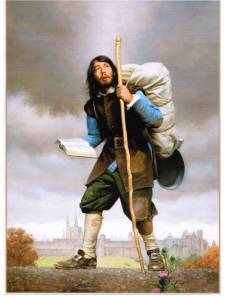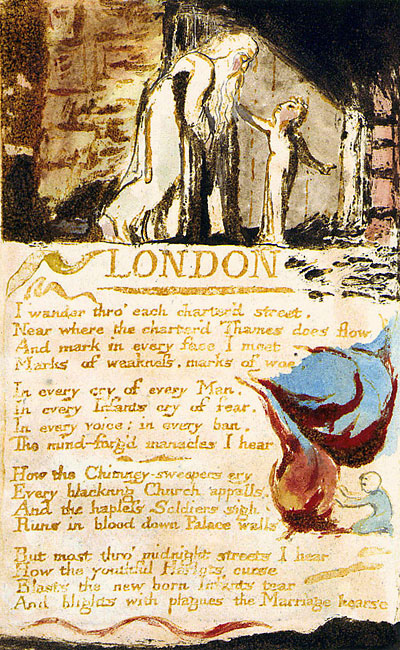E102B || Winter 2013 || Thinking about Self
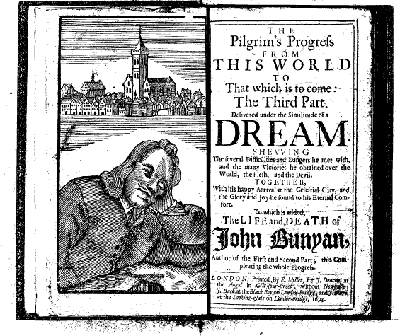
EEBO: Copy from: Henry E. Huntington Library and Art Gallery
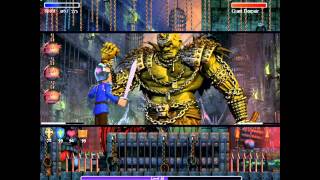
Youtube video trailer
- several clips available
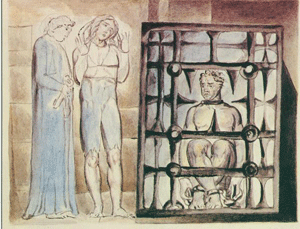
Blake, Bunyan's The Man in the Iron Cage
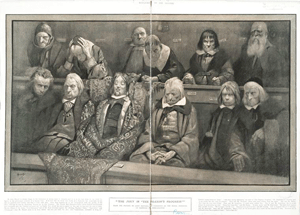
The jury in "The Pilgrim's Progress." From the picture by John Hassall.
Overall questions:
Can we locate an individual self in TPP?
How can we connect an individual self with sociability in TPP?
What does allegory have to do with the connection between the individual self and sociability?
1. What are the implications of Christian's decision to turn his back on the world?
2. What do you make of the names in The Pilgrim's Progress, e.g., Obstinate and Despair. Further names:Obstinate, Pliable, Mr. Worldly Wiseman, Legality, Morality, Civility. Simple, Sloth, Presumption, Hypocrisy, Formalist, What do the names have to do with the Pilgrim's self?
3. Terms to look up: allegory, typology, emblem, grace, law.
4. Pay special attention to the following sections in the first assigned reading (to p. 42):
a) Title page: Examine each of parts of the title page. What do they tell us about the book and its relation to the reader?
b) Bunyan's purpose: How is this book supposed to affect the self of the reader?
This book will make a traveller of thee,
If by its counsel thou wilt ruled be;
It will direct thee to the Holy Land,
If thou wilt its directons understand:
Yea, it will make the slothful active be,
The blind also delightful things to see.c) The "wilderness of this world": If the world is a wilderness, what are the self's choices?
d) Christian: "I seek an inheritance . . ." What kind of inheritance?
e ) "crazed-headed coxcombs"; "brain-sick fellow": What do you make of these estranging descriptions? What is so different about the Pilgrim? Why can he not belong to his world?
f) "Slough of Despond": it's a physical place along the Pilgrim's route. How do you interpret it?
g) Christian's burden and the moment it falls off: What is Christian's burden, and what does it have to do with who he is? Examine the illustrations to see what they suggest. The one to the left on this page seems to suggest a connection to Bunyan's father's work as a tinker.
h) Christian detours from the narrow and straight way: What kind of discipline does his journey require? Why is wandering such a problem. What is the etymological link between wandering and error?
i) The problem with legality: "He to whom thou wast sent for ease, being by name Legality, is the son of the bondwoman [Galatians 4:21-31] which now is, and is in bondage with her children, and is in a mystery, this Mount Sinai, which thou hast feared will fall on thy head. Now if she with her children are in bondage, how canst thou expect by them to be made free? this Legality therefore is not able to set thee free from thy burden."
j) The Interpreter and the "pictures"and "scenes" he interprets
k) The "man in an iron cage": Are you the "man in the iron cage"? Are human beings "the man in the iron cage"? Does "the man in the iron cage" help to explain William Blake's very strong interest in Bunyan's work?
l) Consider Blake's poem "London" (see image at left). What do the "mind-forg'd manacles" have to do with the Pilgrim, his burden, and the images of constraint in TPP?
What does the Pilgrim have to do to become free of those manacles?
How does Blake's London correspond with Bunyan's London (the wilderness of this world)?
Hint: Think about seeing, vision, altered perception.m) Christian's ill-advised nap: What's the problem with taking a nap?
-----------------------------------------------------------------------------
5. Why is The Pilgrim's Progress so suited to video games?
What do video games have to do with the self that plays?
6. Pay special attention to the following sections in the reading from p. 42-106:
a) Conversations and episodes that feature the difference between law and grace. (See, for example, Faithful on grace and an "experimental confession of faith" on p. 74.) Note that in Christian thinking, the law is the first or old covenant, while grace is the second or new covenant.
b) Episodes that feature the theme of inheritnce.
3. Episodes for particular concentration in class: Pilgrim's examintion by Piety , Prudence, and Charity; Apollyon; the Valley of the Shadow of Death; Vanity Fair; and the Giant Despair and the Doubting Castle.
6. Questions and topics to consider in the last reading section and in looking back:
a) Think of The Pilgrim's Progress as a satire. What are the satiric objects? And what is the purpose of the satire?
b) Does Christian's theology seem to you to advocate tolerance? Why is Ignorance's statement unacceptable: "That is your faith, but not mine; yet mine I doubt not, is as good as yours, though I have not in my head so many whimsies as you" (129). If Bunyan were in charge of politics, would there be a Clarendon code for Christians like Ignorance?
c) How does the state of sin compare with the State of Nature? (See, for example, "persons in a natural condition," p. 127). Can you put Hobbes and Bunyan on the same intellectual chart? What separates them? In what sense might they seem to be intellectual allies?
d) Ignorance says that everything Christian and Hopeful are saying against him is "the fruit of distracted brains" (129). Similar expressions were used at the beginning of Christian. From what point of view is Christian simply a madman?
e) Continue to notice previous themes and key terms, e. g, "law vs. grace" and "inheritance."
f) Experience: To fight against drowsiness, they decide to talk about their "experience stories." Refer to the note here. These are "relations" or "experience stories" and were the evidence of spiritual transformation.
g) What, according to Christian and Hopeful in their conversation with Ignorance, does Jesus's death have to do with the law?
h) How many characters are there in The Pilgrim's Progress?
i) What is the role of fear in Christian's theology? How does Bunyan's treatment of fear compare with that of Rochester?
j) . Why do you think Bunyan uses such physically repugnant images to explain back-sliding? (See the simile of the dog and its vomit on p. 132.)
k) Why does the narrative end with a glimpse of the road to Hell?
l) How would you describe the difference between Part I and Part II?
m) How do you imagine Bunyan's work was received?
WHAT QUESTIONS CAN YOU ADD?
